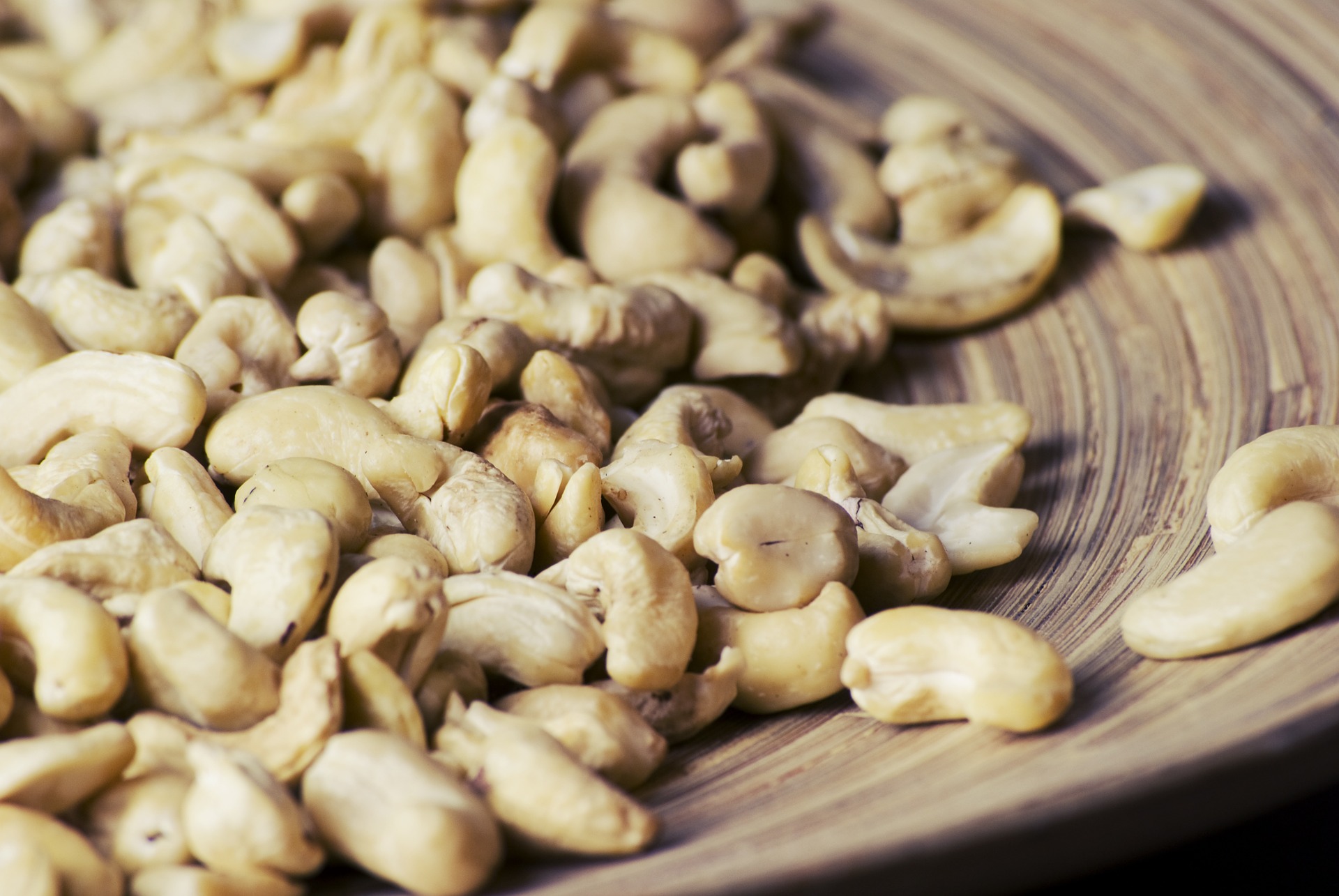Candida is a type of fungus that lives on everyone. In most cases, it doesn’t cause issues and harm. However, sometimes candida can start to overgrow and lead to candidiasis (candida overgrowth). Candidiasis can actually result in many health issues.
So, how to recognize candida overgrowth? Many signs and symptoms of candidiasis are nonspecific, so it’s important to pay attention to certain signals of your body.
Normally, everyone has small amounts of candida on the body, particularly in the skin, the gut, the mouth, the throat, and the vagina. However, some things can negatively affect the balance of good bacteria making your body susceptible to candidiasis. Let’s take a look at these things:
- Antibiotics.
- An immunodeficiency.
- Taking birth control pills, especially those that contain high doses of estrogen.
- Diet rich in refined carbs or sugar.
- Excessive alcohol consumption.
- High levels of stress.
Only one of these factors usually doesn’t provoke candida overgrowth but if you’re dealing with more than one, this can end up with candidiasis. Candidiasis can be accompanied by a number of signs. A few of them are fairly specific, while others are nonspecific. This makes diagnosing candidiasis challenging. Let’s look at seven common specific and nonspecific symptoms of candida overgrowth.
1. Recurrent urinary tract infections
Most people will experience a urinary tract infection at some point. This issue is accompanied by frequent urges to urinate. You might also have a burning sensation while peeing, the urine can become cloudy or red, or has an unusual smell. Actually, candidiasis is one of the most common culprits of frequent urinary tract infections, If you suffer from recurrent UTIs, this could indicate candida overgrowth.
2. Fever and chills
Fever and chills mean that your body is trying to combat an infection, including candidiasis. However, how to know that your fever and chills are provoked by candida infection instead of something else? One sign might be if your healthcare provider prescribes antibiotics for your symptoms and they don’t get better. That might be a sign that you’re having a fungal infection rather than a bacterial one.
3. Frequent yeast infections (swollen vagina)
Yeast infections are always caused by candidiasis. Yeast infections can sometimes occur due to taking antibiotics for a long time but can also be provoked by hormonal changes related to pregnancy or taking high-estrogen birth control pills.
Most women will develop a yeast infection at some point, but if you develop yeast infections over and over, you might have a problem with candida overgrowth. Yeast infections are usually accompanied by the swollen vagina, extreme itching, pain during sex or while urinating, and white and thick discharge.
4. GI problems
Suffering from any health problem, especially chronic problem, that lowers the immune system can increase the risk of candidiasis. It might be especially true for inflammatory bowel diseases such as ulcerative colitis and Crohn’s disease.
Any imbalance of good bacteria in the gut makes it easier for fungi like candida to overgrow. IBD typical symptoms include stomach pain and cramping, diarrhea or bloody stool, diminished appetite, and weight loss.
5. White patches in your mouth
White patches on your tongue, inner cheeks, throat, or the roof of your mouth occur due to candidiasis in the mouth. It is called oral thrush. It’s usually provoked by a weakened immune system or taking antibiotics, but it can occur due to dry mouth or hormonal imbalance.
Thrush can appear suddenly but you’ll know it when you notice it. In addition to those white patches in your mouth, you might have difficulties with swallowing or feel like your mouth is full of cotton.
6. Joint pain
As mentioned was above, candida can occur in the mouth, gut, or vagina. However, it can also get to other parts of the body through the bloodstream. This is called invasive candida and it can be accompanied by pain in the joints and arthritis-like pain in the hips or knees.
However, joint pain alone might not be caused by candidiasis. Therefore, it’s even more important to pay attention to your other symptoms like brain fog, fatigue, skin rashes, diarrhea, constipation, abdominal bloating, or thinning hair.
7. Frequent skin infections
Candida can sometimes manifest itself by skin infections. The skin becomes dry and scaly, you might also notice toenail fungus or dandruff. Candida is a fungus, so it loves moist and warm places like the armpit, groin, torso, or under the breasts.





